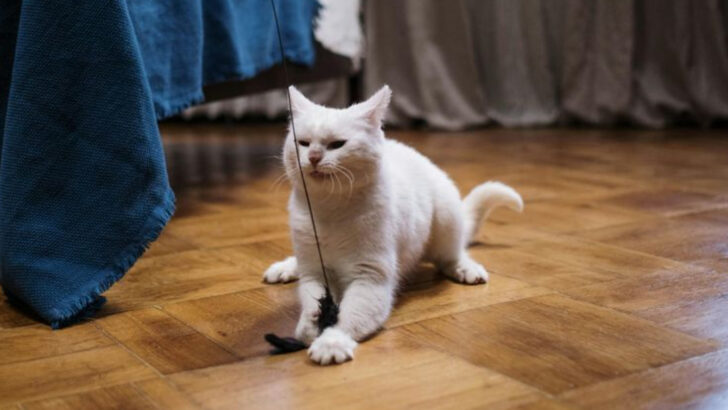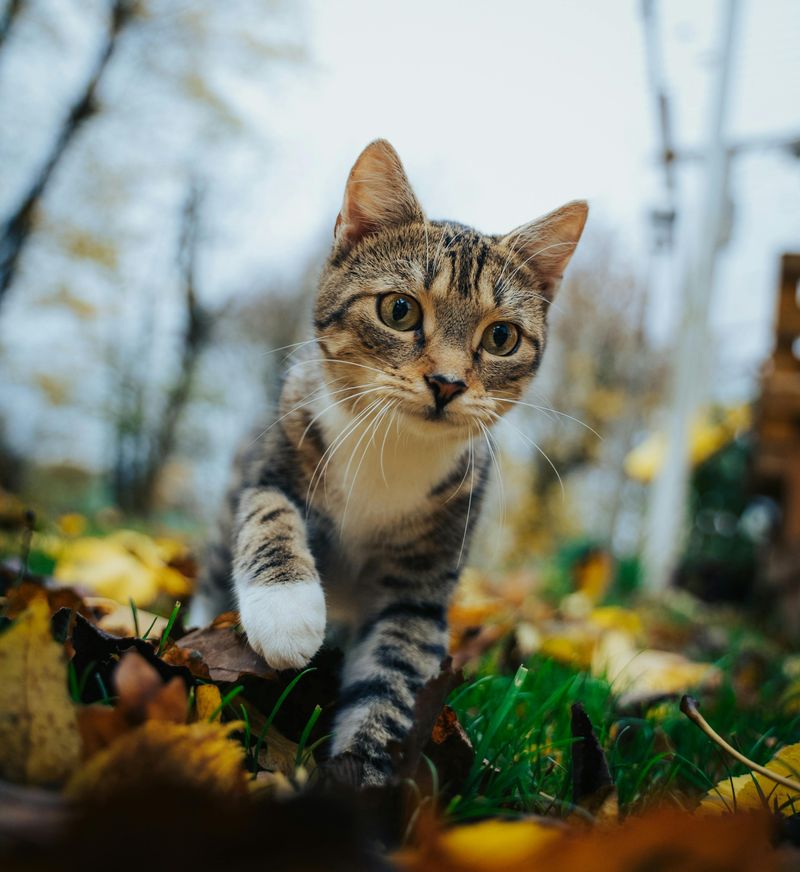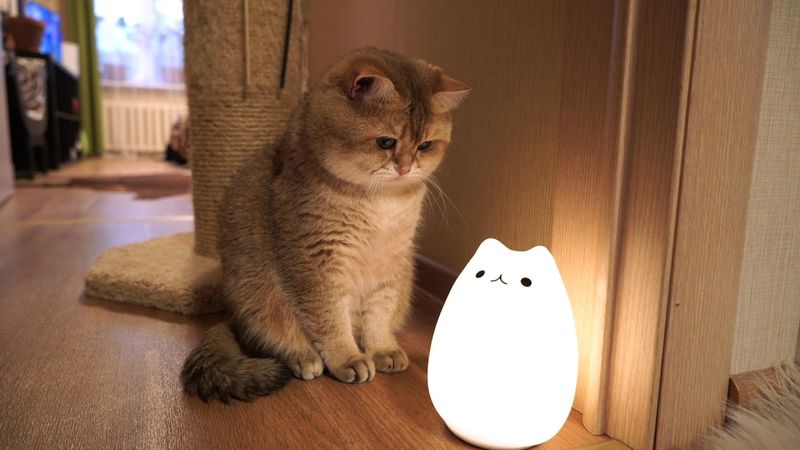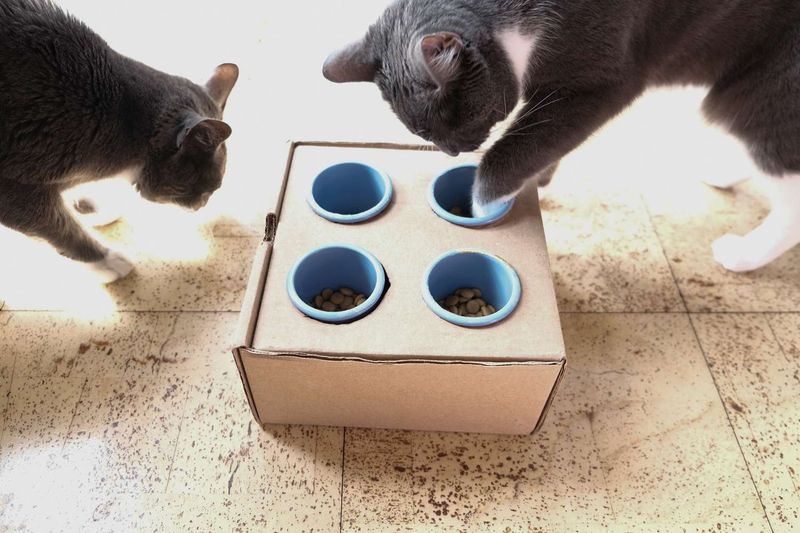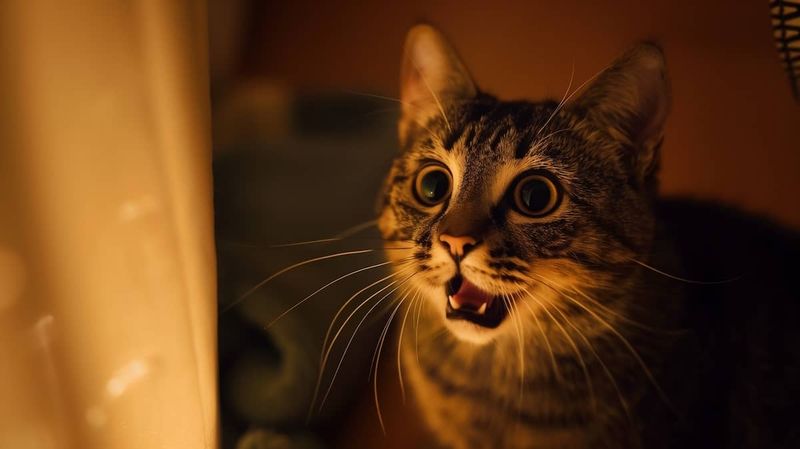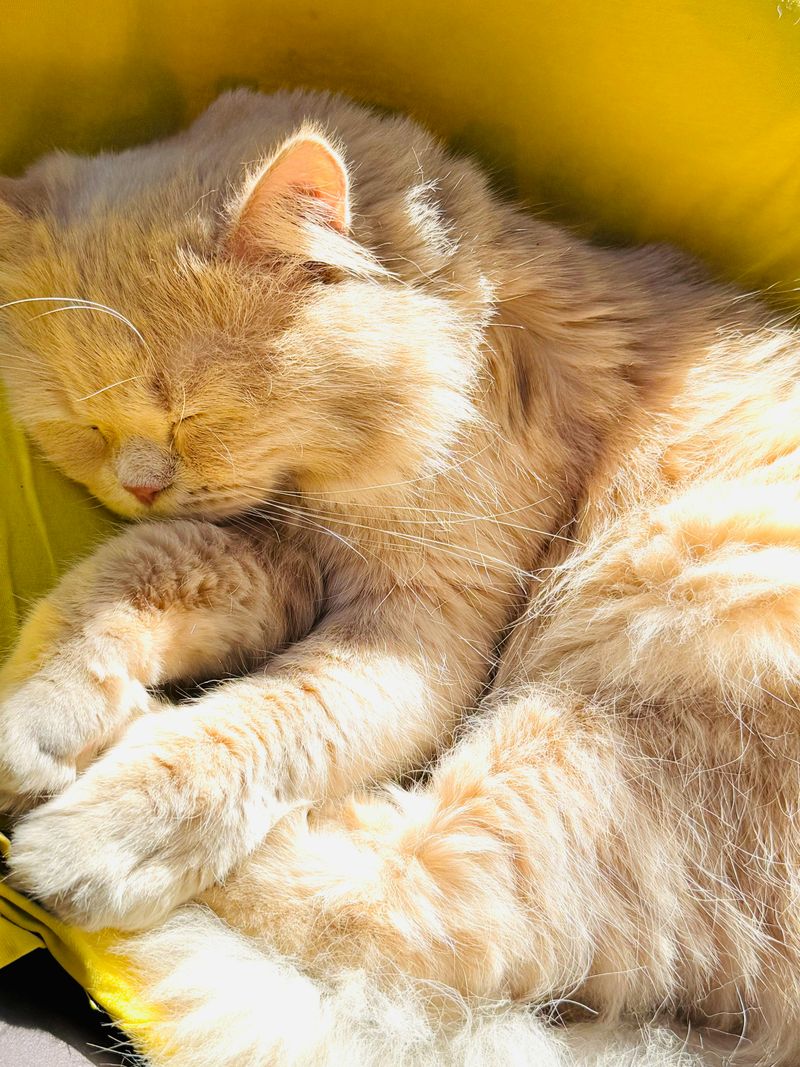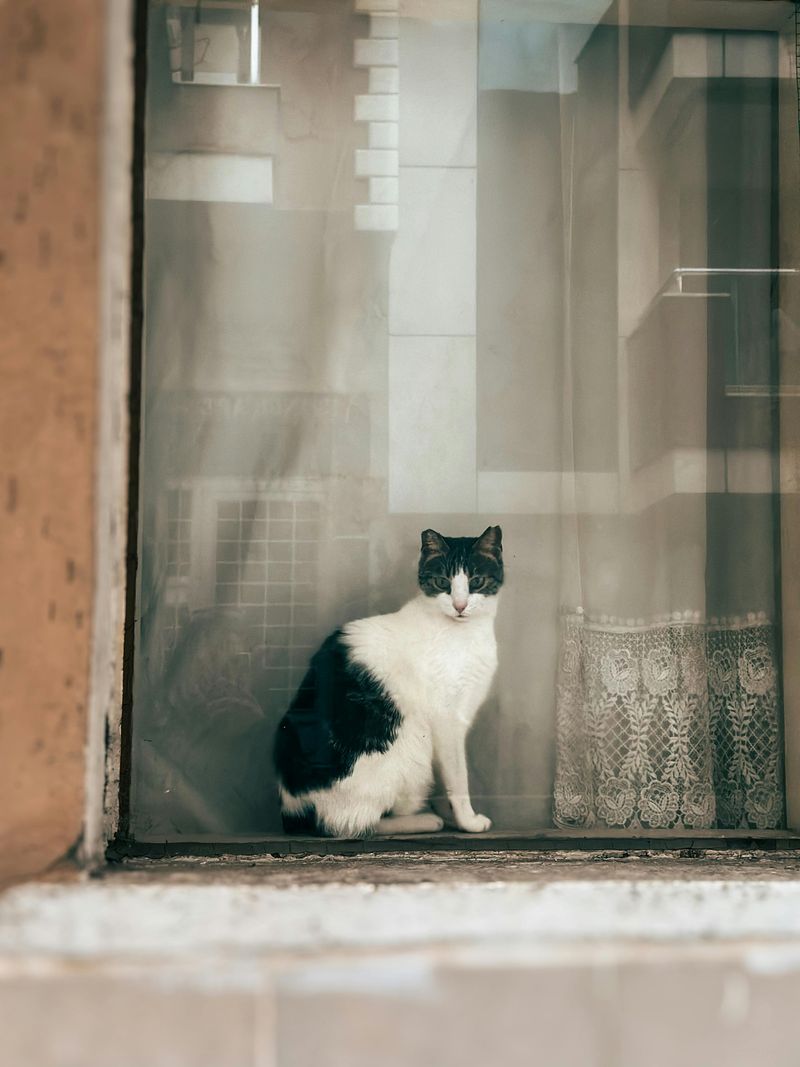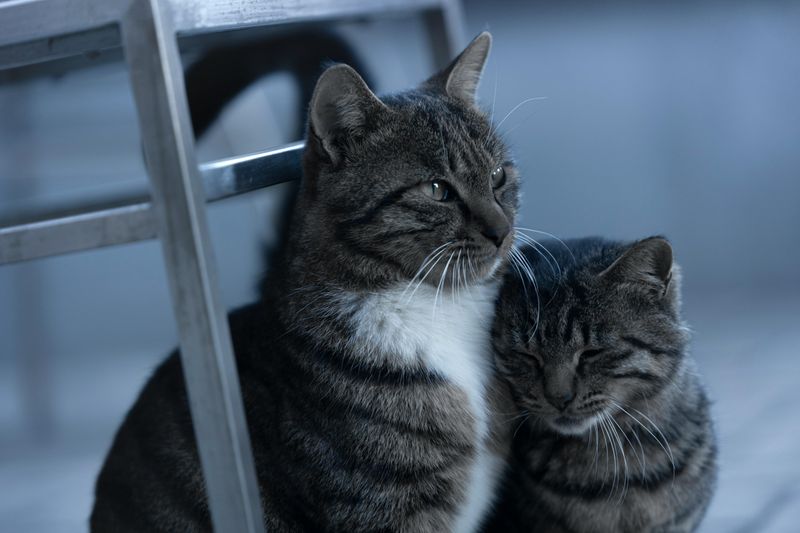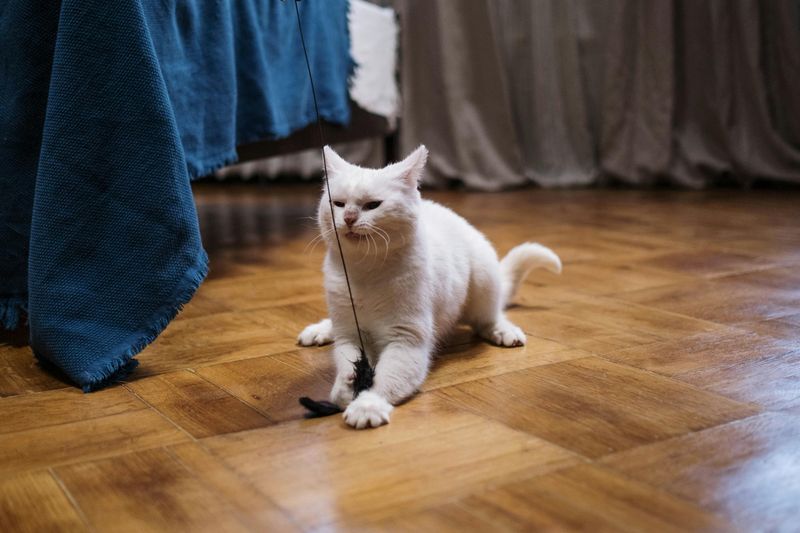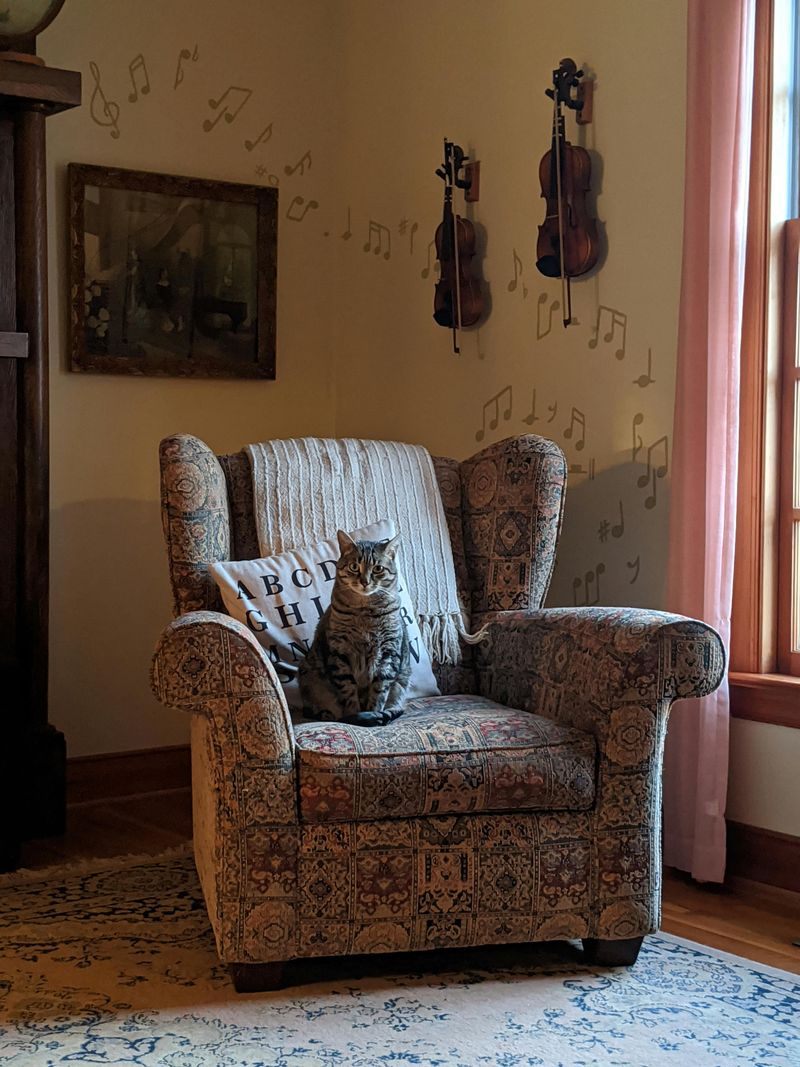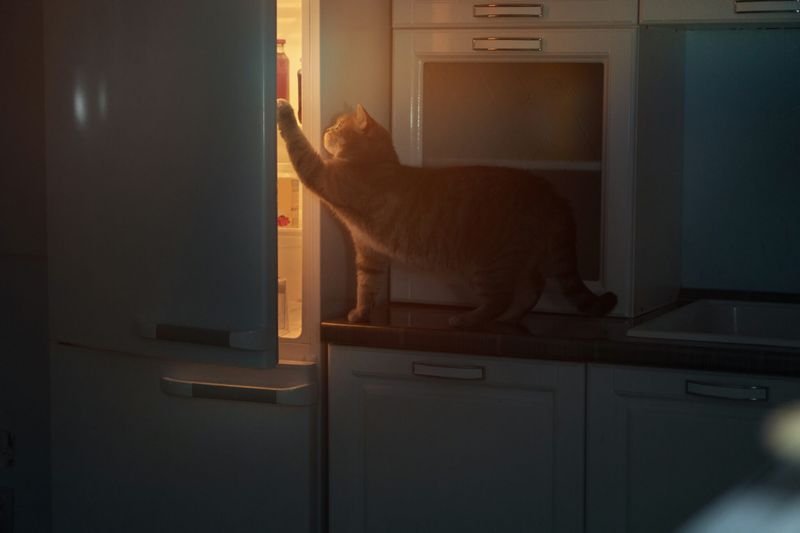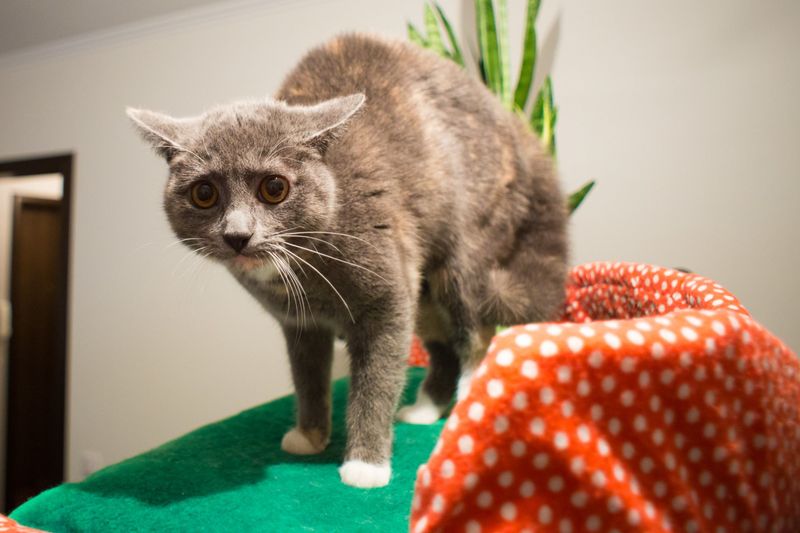Does your cat turn into a tiny tornado the moment the lights go out? You’re not alone. Many cat owners find themselves wide awake at 3 a.m., thanks to the sound of paws racing across the floor, blinds rattling, or a sudden pounce on the bed. These nighttime energy bursts—commonly known as the “zoomies”—can leave both you and your feline friend feeling sleep-deprived and frustrated. While it might seem like just another quirky cat behavior, it’s often a sign your cat’s needs aren’t being fully met during the day.
Cats are naturally crepuscular, meaning they’re most active during dawn and dusk. However, when their environment lacks stimulation or structure, that energy can shift into full-blown nocturnal chaos. The good news? With a few adjustments to their routine and surroundings, you can help your cat release energy at more appropriate times. By understanding what drives these nighttime antics, you’ll be better equipped to guide your cat toward a more peaceful, predictable rhythm.
From playtime strategies to feeding schedules, we’ll break down simple, effective solutions that work with your cat’s natural instincts. Whether your cat is sprinting down hallways, knocking things off shelves, or meowing for attention at all hours, these tips are designed to restore nighttime peace—without sacrificing your bond. Let’s get into it.
1. Tire Them Out During the Day
A bored cat with pent-up energy is a recipe for midnight mayhem. Scheduling active play sessions throughout the day can help burn off excess energy before it spirals out of control. Try using wand toys, laser pointers, or toy mice to trigger their hunting instincts. Just ten to fifteen minutes of play, twice daily, can make a massive difference. Don’t underestimate how exhausting a good chase can be for your cat. When their body is tired, their brain follows suit, encouraging more restful sleep. A well-exercised cat is far less likely to sprint across your face at 2 a.m.
2. Establish a Pre-Bedtime Routine
Cats are creatures of habit, and they thrive on predictable routines. Establishing a calming pre-bedtime ritual helps signal that it’s time to wind down. You could dim the lights, offer some quiet petting, and reduce noise around the house. These environmental cues subtly shift your cat into a more relaxed state. Just like humans benefit from winding down, so do felines. The more consistent your routine, the more effective it becomes over time. A calm cat is much less likely to erupt into zoomies when bedtime rolls around.
3. Schedule a Final Meal Before You Sleep
Feeding your cat right before bed taps into their natural hunt-eat-groom-sleep sequence. A small, satisfying meal helps trigger sleepiness and encourages your cat to settle in for the night. This can reduce the chances of early morning hunger-driven chaos. Try using a puzzle feeder to make the process engaging but slow. By the time they finish eating, they’ll be more inclined to curl up and nap. Hunger often triggers hyperactivity in cats, especially in the wee hours. A full belly works wonders for feline sleep behavior.
4. Use Puzzle Feeders to Burn Mental Energy
Mental stimulation is just as important as physical activity when it comes to curbing nighttime zoomies. Puzzle feeders challenge your cat to think, problem-solve, and work for their food. This mental effort tires them out in a different but equally effective way. You can rotate puzzle styles to prevent boredom and keep their brain engaged. Start using them in the evening to encourage a natural energy decline. A mentally satisfied cat is less likely to go looking for stimulation while you’re trying to sleep. Think of it as a brain workout that ends in bedtime bliss.
5. Ignore Nighttime Attention-Seeking
It’s tempting to respond when your cat meows, jumps on you, or dashes through the bedroom in the middle of the night. But every time you react, you reinforce the behavior. Cats are quick learners, and they’ll remember that their antics got your attention—even if it was negative. The best response is no response at all. Over time, this teaches them that nighttime mischief won’t get results. It may take a few nights of patience, but consistency is key. Eventually, your cat will stop performing for an audience that’s no longer clapping.
6. Don’t Let Them Nap All Day
Cats love to snooze, but too much daytime sleep can throw off their internal clock. If your cat is out cold for hours on end, it’s no surprise they’re energized at midnight. Try gently waking them for brief play or interaction throughout the day. Breaking up their naps with short bursts of activity can reset their rhythm. Use toys or treats to keep them engaged during daylight hours. Encouraging wakefulness during the day naturally shifts sleep to nighttime. A balanced sleep-wake cycle leads to a more peaceful household.
7. Provide a Window View or Bird Feeder
Sometimes your cat just needs something to keep their senses engaged—without going wild. Setting up a bird feeder outside a window or offering a perch with a view gives them entertainment that doesn’t involve tearing through your hallway. The sight of fluttering birds or passing cars can captivate them for hours. This kind of passive enrichment satisfies their curiosity and hunting instincts. Add a soft bed by the window for a cozy lounge spot. Evening entertainment can help replace midnight madness. A mentally enriched cat sleeps more soundly—and lets you do the same.
8. Try a Second Cat—Carefully
If your cat’s zoomies are rooted in loneliness or boredom, a second cat might help. A feline friend can offer companionship, shared playtime, and much-needed social stimulation. But it’s crucial to consider personality compatibility and introduce them gradually. Rushing the process can cause stress and make things worse. Once the bond forms, though, they often entertain and exhaust each other during the day. This means less energy left to burn while you’re sleeping. Two cats playing together during waking hours can mean fewer disruptions at night.
9. Use Calming Products
When a cat’s nighttime energy stems from anxiety, calming products can help restore balance. Pheromone diffusers mimic natural feline signals of safety and comfort. Other options like calming treats, sprays, or collars can reduce stress without sedation. Always check with your vet before trying new supplements, especially if your cat is on other medications. These tools work best in combination with environmental and behavioral adjustments. They’re not an instant cure, but they can take the edge off nighttime chaos. A calmer cat is far less likely to turn your home into a racetrack at 3 a.m.
10. Offer Safe Night Toys—But Not Too Stimulating
If your cat just can’t help being a bit active at night, provide low-stimulation toys they can enjoy solo. Soft, quiet toys like plush mice or crinkle balls are ideal. Avoid loud, flashy, or highly interactive toys during bedtime hours, as they can keep your cat hyped. Rotate the toys occasionally to maintain novelty without overstimulating them. These provide an outlet that doesn’t disrupt your sleep. Think of them as a compromise between boredom and bedtime. It’s a small shift that can make a big difference in their nighttime behavior.
11. Create a Cat-Proof Sleep Zone
Sometimes, limiting access is the simplest solution to nighttime madness. Consider closing your bedroom door or setting up a cozy space elsewhere for your cat to sleep. Make sure it includes essentials like a litter box, water, and comfy bedding. The idea isn’t to punish, but to set boundaries for everyone’s well-being. Many cats adjust quickly and enjoy having a peaceful spot of their own. Over time, they may come to appreciate the solitude. A cat-safe sleep zone can restore your rest without compromising your bond.
12. Keep the Lights Dim in the Evening
Lighting plays a subtle but powerful role in signaling bedtime. Bright, artificial lights can tell your cat’s brain it’s time to play—even if it’s late. Dimming the lights in the evening helps promote melatonin production, encouraging sleep. Stick to warm, soft lighting and avoid loud or stimulating environments after dark. Gradual transitions mimic the natural day-to-night rhythm cats would follow outdoors. This environmental cue can help your cat settle down more naturally. Sometimes, a shift in lighting is all it takes to ease the zoomies.
13. Rule Out Medical Issues
If your cat’s nighttime zoomies seem extreme, sudden, or compulsive, it’s time to consult your vet. Conditions like hyperthyroidism, cognitive dysfunction, or pain can manifest as restlessness or excessive energy. Behavioral changes are often the first clue that something is off. Don’t assume it’s just quirky cat behavior until health concerns are ruled out. A simple checkup can provide peace of mind—or uncover an issue you can treat. Once medical causes are addressed, behavior often improves quickly. Prioritizing health is always step one in solving behavioral puzzles.
